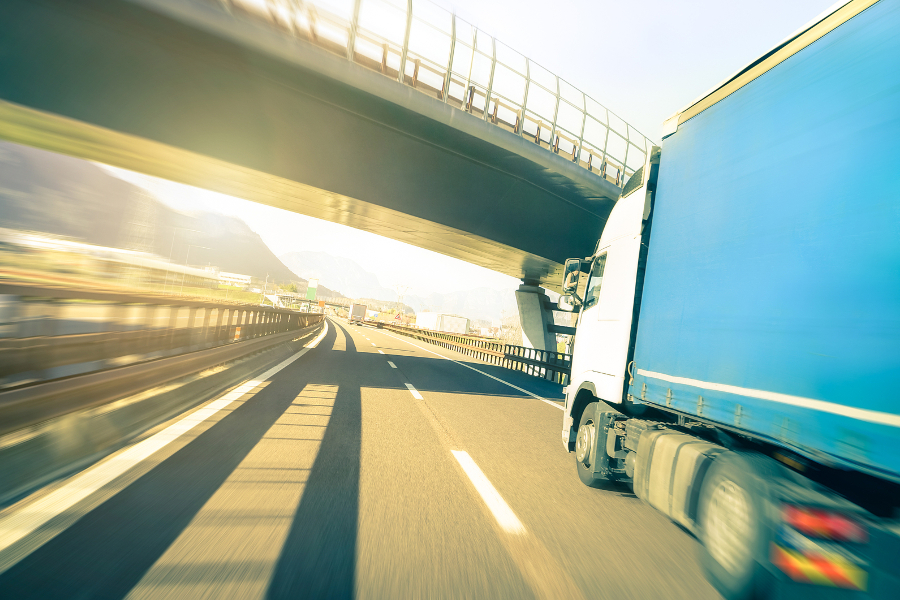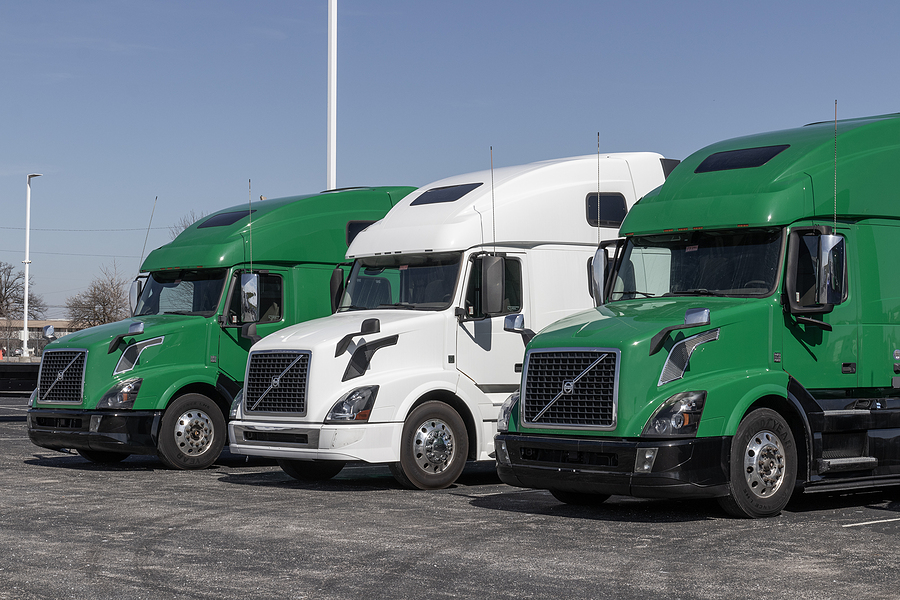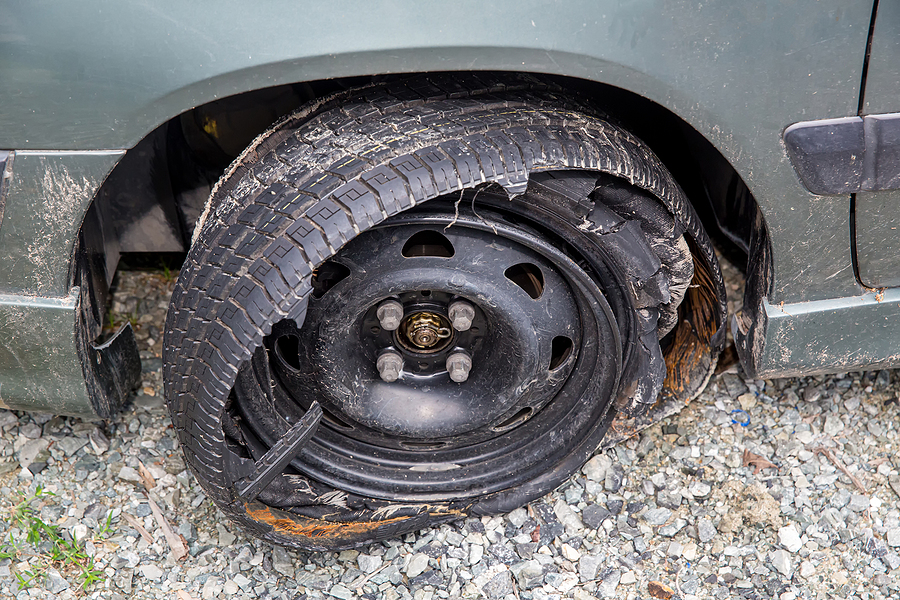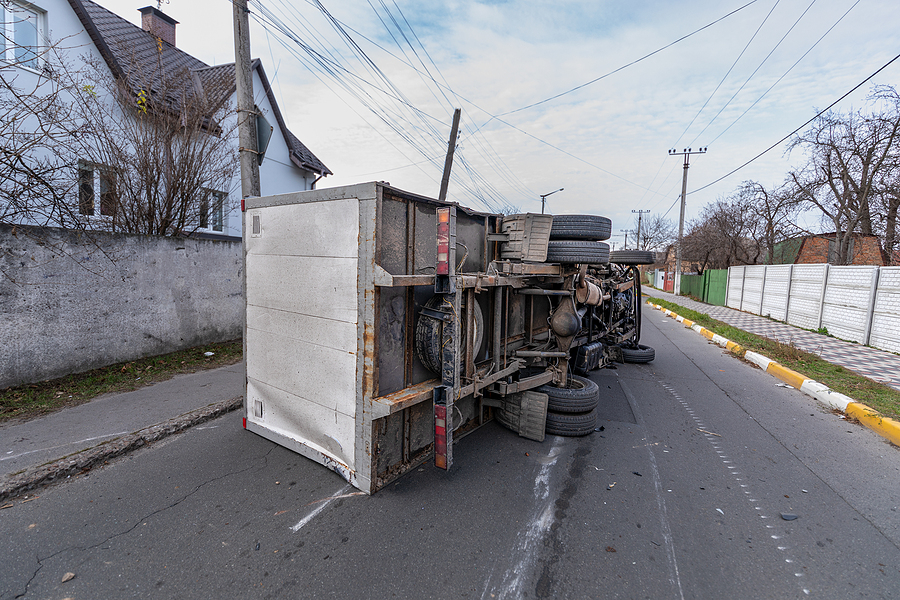Just like there are many different types of crashes involving commercial trucks and other types of large vehicles, there are several kinds of trucks involved in these accidents. These accidents can occur due to a component failure, such as a brake malfunction or a blown tire, driver negligence, or one of many other reasons.
According to the Federal Motor Carrier Safety Administration (FMCSA), there were more than 5,200 fatal crashes involving large trucks as well as buses in 2019. Nearly 100,000 people suffered injuries in these accidents in 2015.
If you were severely injured in an accident involving a large commercial vehicle, the truck accident attorneys with Penn Kestner & McEwen may be able to help you obtain the compensation you deserve. Just give us a call at (800) 732-3070 or contact us online to schedule a free consultation to learn more
The following is a brief look at some of the dangerous trucks and large vehicles that are commonly involved in devastating collisions with passenger cars.
Semi-Trailer or 18-Wheeler Trucks
This is the type of vehicle that comes to mind first when most people think about trucking accidents. The drivers of these mammoth, 80,000-pound machines are under an immense amount of pressure, and often stay behind the wheel for far too long. Even though the FMCSA has set clear rules stating the number of hours truckers can drive, both truckers and their employers violate these rules on a regular basis.
Tanker Trucks
These are the trucks that transport liquids and gases. They’re called “tanker trucks” because they have huge tanks on the back. The reason they’re dangerous is that they have a high center of gravity, which makes them vulnerable to rolling over. Also, their cargo is typically very unstable.
Wide-Load or Extra Duty Trucks
If you’ve ever had to maneuver around a truck carrying a wide load, such as a manufactured home, you know how frustrating – and scary – it can be. Amazingly, some drivers will operate these trucks while under the influence of alcohol or powerful drugs.
Flatbed Trucks
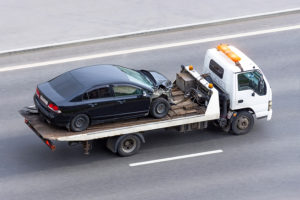
As the name implies, this kind of truck has a flat bed, upon which sits the truck’s cargo. This design makes loading and transporting goods extremely fast and efficiently. However, when the cargo is loaded in a negligent fashion, it could easily become dislodged during transport. This, of course, could have disastrous consequences.
Delivery Trucks
While delivery trucks perform the vital job of transporting goods, the drivers of these trucks will often take risks in order to meet deadlines. This can include driving much too fast, and posing an incredible danger as a result. There are also some drivers that suffer from medical conditions, such as sleep apnea, that can make them much too fatigued to be able to operate their rigs safely.
Cement Trucks
A cement truck is unmistakable, with a huge revolving drum on the back. The drum is a mixer, one that keeps the cement in a liquid state. It has to be kept this way until the truck reaches its destination and the cement can be poured out. Like a tanker truck, a cement truck is very top-heavy. This can increase the risk of a rollover accident. Its load is also unstable, sloshing back and forth inside the drum of the vehicle. This can increase the chances of a rollover as well.
Log Trucks
Anywhere there’s logging activity you’ll find log trucks. If the lumber isn’t precisely loaded, however, it could easily come loose and lead to a horrible accident. But even if great care is taken during loading, lumber is an inherently unstable type of cargo. Different pieces of lumber typically weigh differently, creating the risk of a load shift that could create an imbalance.
Dump Trucks
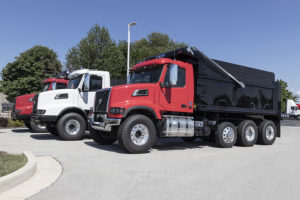
These are also referred to as “production trucks.” They routinely haul loose materials, such as sand, dirt and gravel, to construction sites. But since the materials being transported aren’t tied down or secured, it doesn’t take much for a dump truck to be an extreme hazard on the road. The hazards increase exponentially when the driver is speeding, or behaving in some other type of negligent fashion.
Trucks Without Trailers or Bobtail Trucks
If you see a semi-truck without a trailer, that means it’s operating in “bobtail” mode. You might think the truck would be safer and more stable, but the opposite is actually true. Trucks really aren’t designed to be operated in bobtail mode. When they have a trailer, that actually gives them more braking ability. When they don’t, they’re more difficult to bring to a total stop.
Garbage Trucks
Most people don’t associate garbage trucks with danger. After all, we typically see them moving from home to home, collecting waste at a slow rate of speed. Unfortunately, many times these trucks are on the road very early in the morning, or close to sunset, when visibility is low.
Fire Trucks
Not only do firefighters face an incredible amount of danger battling blazes, they also encounter risks simply getting to a fire. According to the results of a study conducted by the Association for the Advancement of Automobile Medicine (AAAM), there were more than 15,000 collisions involving fire trucks in the U.S. in 2017. More firefighters (about 500 per year) die in traffic accidents than actually battling smoke and flames. The study also showed that 75% of fatal fire truck accidents are also fatal to passenger car occupants.
Contact Penn Kestner & McEwen, Truck Accident Lawyers
We hope you’re never in any sort of accident involving any type of truck. But if you are, we’ll be here for you. The attorneys with Penn Kestner & McEwen have a great deal of experience in this area of the law, and we know how to help our clients obtain the full and fair compensation they deserve.
Please don’t hesitate to get in touch with us as soon as you can so we can tell you more about what we may be able to do for you. Schedule a free case review by using our online contact form or calling (800) 732-3070.

